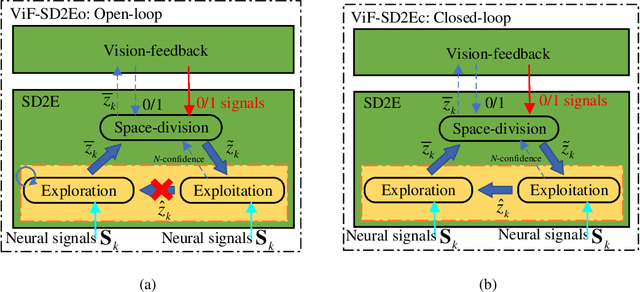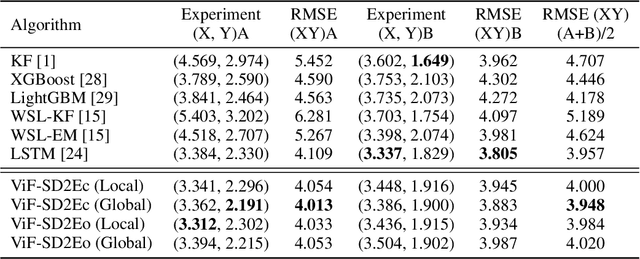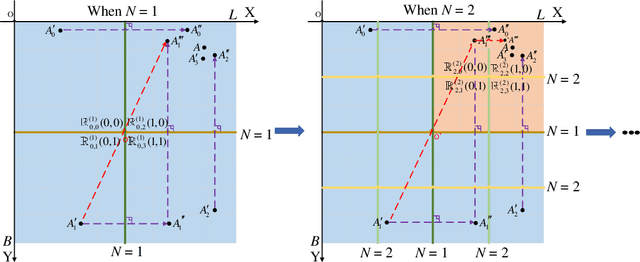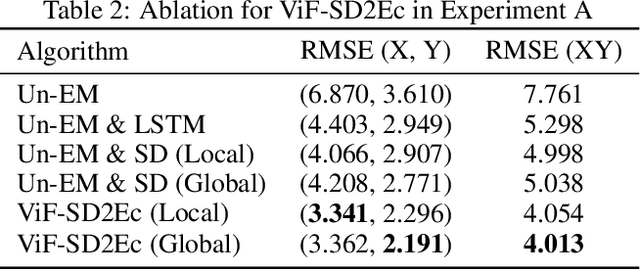ViF-SD2E: A Robust Weakly-Supervised Method for Neural Decoding
Paper and Code
Dec 02, 2021



Neural decoding plays a vital role in the interaction between the brain and outside world. In this paper, we directly decode the movement track of the finger based on the neural signals of a macaque. The supervised regression methods may over-fit to actual labels contained with noise and require high labeling cost, while unsupervised approaches often have unsatisfactory accuracy. Besides, the spatial and temporal information are often ignored or not well exploited in these works. This motivates us to propose a robust weakly-supervised method termed ViF-SD2E for neural decoding. In particular, ViF-SD2E consists of a space-division (SD) module and a exploration-exploitation (2E) strategy, to effectively exploit both the spatial information of the outside world and temporal information of neural activity, where the SD2E output is compared with the weak 0/1 vision-feedback (ViF) label for training. Extensive experiments demonstrate the effectiveness of our method, which can be sometimes comparable to the supervised counterparts.
 Add to Chrome
Add to Chrome Add to Firefox
Add to Firefox Add to Edge
Add to Edge